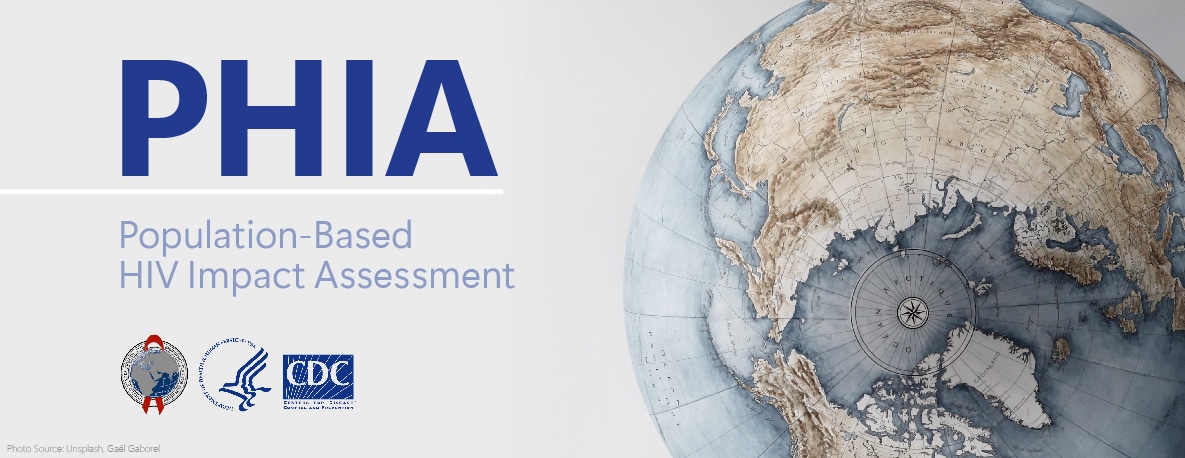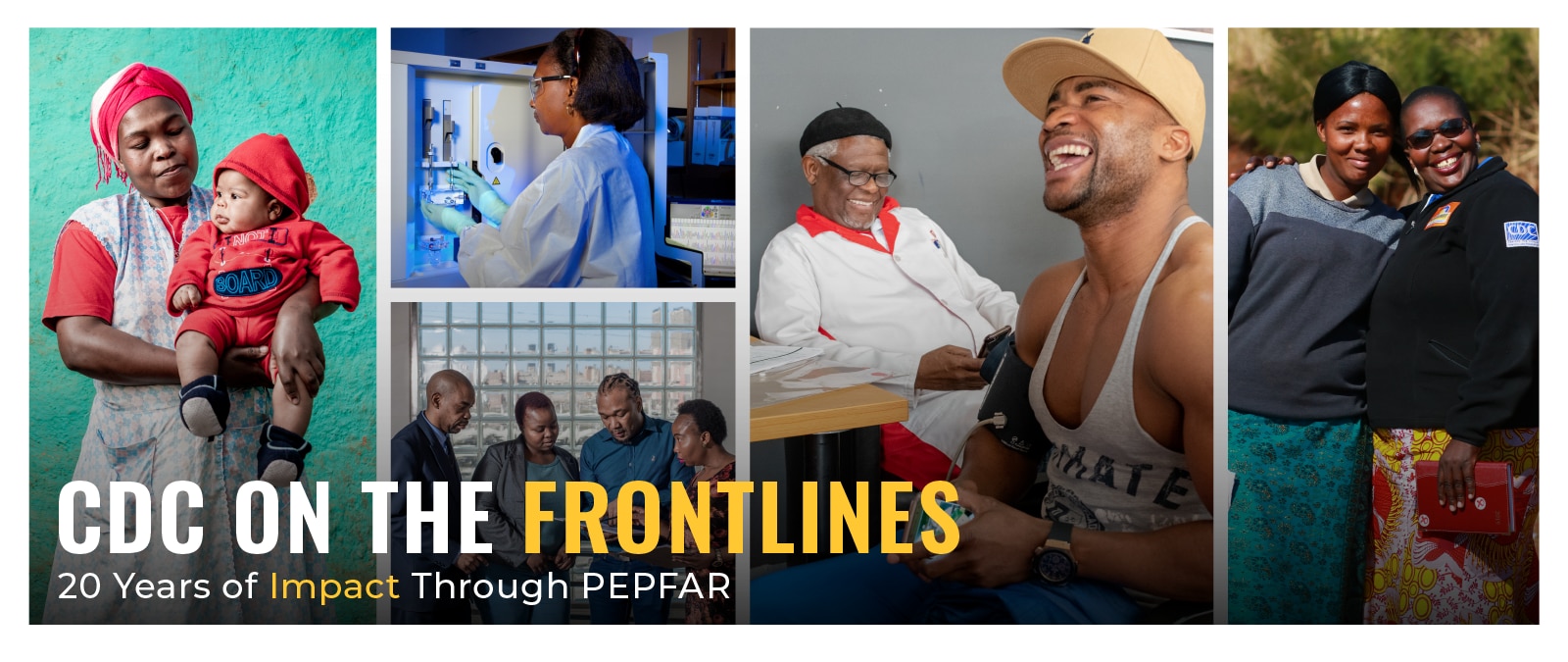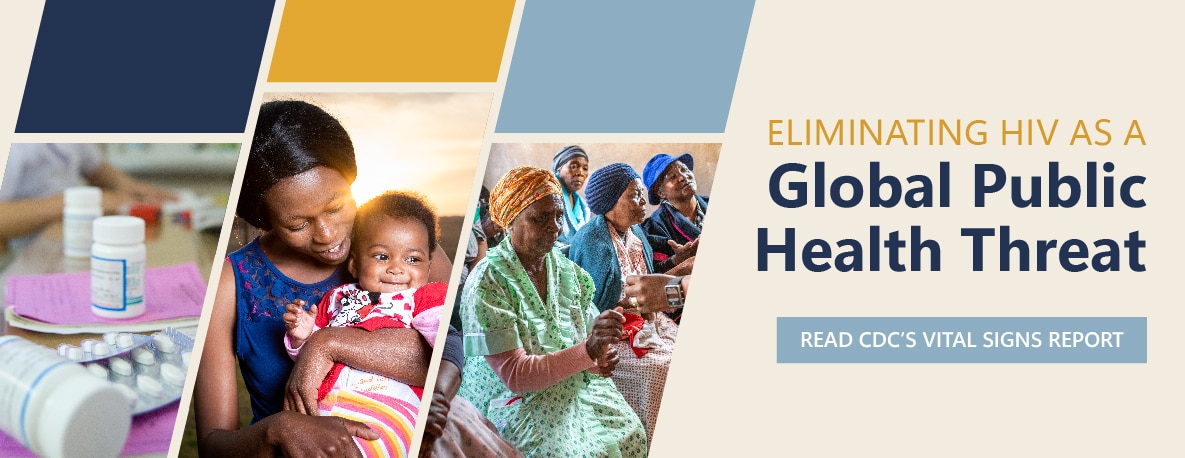Angola Country Profile

Angola Country Profile
Discover more about CDC’s work in Angola by viewing our detailed country profile
Country Overview
CDC established a partnership with the Angola Ministry of Health in 2002 and is currently providing critical support for a range of health issues including controlling the HIV/AIDS epidemic, reducing the burden of tuberculosis (TB), addressing the threat of malaria, and developing a skilled public health workforce. As part of this partnership, CDC builds laboratory capacity, including diagnostic services for HIV and TB, and quality management systems. CDC also supports the accreditation process for two of Angola’s national labs—the National TB Reference Laboratory and the National AIDS Program Laboratory. Working closely with Angola’s National AIDS Program and National TB Program, CDC supports the development and implementation of the country’s health information systems.
Per Capita GNI
$1,900
(2022)
Population (million)
35.58
(2022)
Under 5 Mortality
69.4/1,000 Live Births
(2021)
Life Expectancy
62 Years
(2021)
Estimated HIV Prevalence
1.5%
(Ages 15-49): (2022)
Estimated AIDS Deaths
9,700
(Age≥15) (2022)
TB Treatment Success Rate
53%
(2020)
Estimated TB Incidence
325/100,000
(2021)
Estimated Orphans Due to AIDS
300,000
(2022)
TB patients with known HIV-status who are HIV-positive
12%
(2021)
Reported Number Receiving Antiretroviral Therapy (ART)
136,234
(Age≥15) (2022)
Strategic Focus
Strengthening Public Health Systems
HIV Services: CDC supports the provision of technical assistance for the implementation of Test and Treat in nine model health facilities providing high quality HIV, Tuberculosis (TB) and diagnostic laboratory services in Luanda to showcase best practices, and replicate throughout the country.
Field Epidemiology Training Program (FETP): CDC provides support to improve HIV disease surveillance, data quality collection, analysis and to build capacity for effective outbreak alert and response through providing support to the FETP.
Strengthening Laboratory Systems and Networks
CDC builds laboratory capacity, including diagnostic services for HIV and Tuberculosis (TB) and quality management systems. CDC supports laboratory strengthening through providing technical assistance and mentorship training on viral load (VL) monitoring, use of GeneXpert for point of care VL, early infant diagnosis (EID) and TB diagnostics at the model facilities. CDC supports laboratory accreditation process for two labs including the National TB reference lab and the National AIDS Program lab.
Strengthening Health Information Systems
Working closely with the National Aids Program and National TB Program, CDC provides support for the development and implementation of health information systems. CDC supports the use of a longitudinal electronic information system at the 9 model health facilities to effectively track individual patients through the continuum of treatment from HIV diagnosis and antiretroviral treatment (ART) initiation to pharmacy pick-up and VL monitoring.
Key Activities and Accomplishments
ART Services: In FY17, CDC provided technical assistance for the development of the Test and Start roll-out strategy, and new national HIV clinical guidelines. In FY2017, CDC supported 5,696 people living with HIV (PLHIV) initiate ART and 24,201 PLHIV currently on treatment at PEPFAR model sites.
Viral Load: In FY17, CDC supported the pilot and scale-up of routine VL monitoring at four of the model sites; 13,240 VL samples were processed and 9,337 PLHIV were virally suppressed.
TB/HIV One Stop Shop Model: CDC supported the implementation of TB One Stop shop integrated TB/HIV care and treatment models at 8 sites to enhance linkage between HIV and TB treatment facilities. CDC supported improved TB diagnostics through the use of Xpert. In FY17, 81% of TB patients were tested for HIV and 63% of co-infected TB/HIV patients were on ART at the model sites.

Tracking PEPFAR Impact Toward Global Targets
The U.S. Centers for Disease Control and Prevention (CDC) works with partners including host countries, local implementing partners, faith-based organizations, and other community-based organizations to measure progress towards HIV epidemic control in countries supported by the U.S. President’s Emergency Plan for AIDS Relief (PEPFAR).

CDC On the Frontlines
Over the past 20 years, the U.S. President’s Emergency Plan for AIDS Relief (PEPFAR) has saved millions of lives as a leader in the global response to two of the world’s deadliest infectious diseases – HIV and TB. As a key implementing agency of the U.S. President’s Emergency Plan for AIDS Relief (PEPFAR), CDC is at the forefront of these global efforts to treat and prevent these diseases.

Vital Signs: Global HIV Communications Toolkit
In 2003, the U.S. President’s Emergency Plan for AIDS Relief, or PEPFAR, was announced. When it was launched, PEPFAR became the largest commitment by any nation to address a single disease in history. At the time, HIV was a global crisis, devastating families, communities, and economies worldwide—particularly in sub-Saharan African countries.